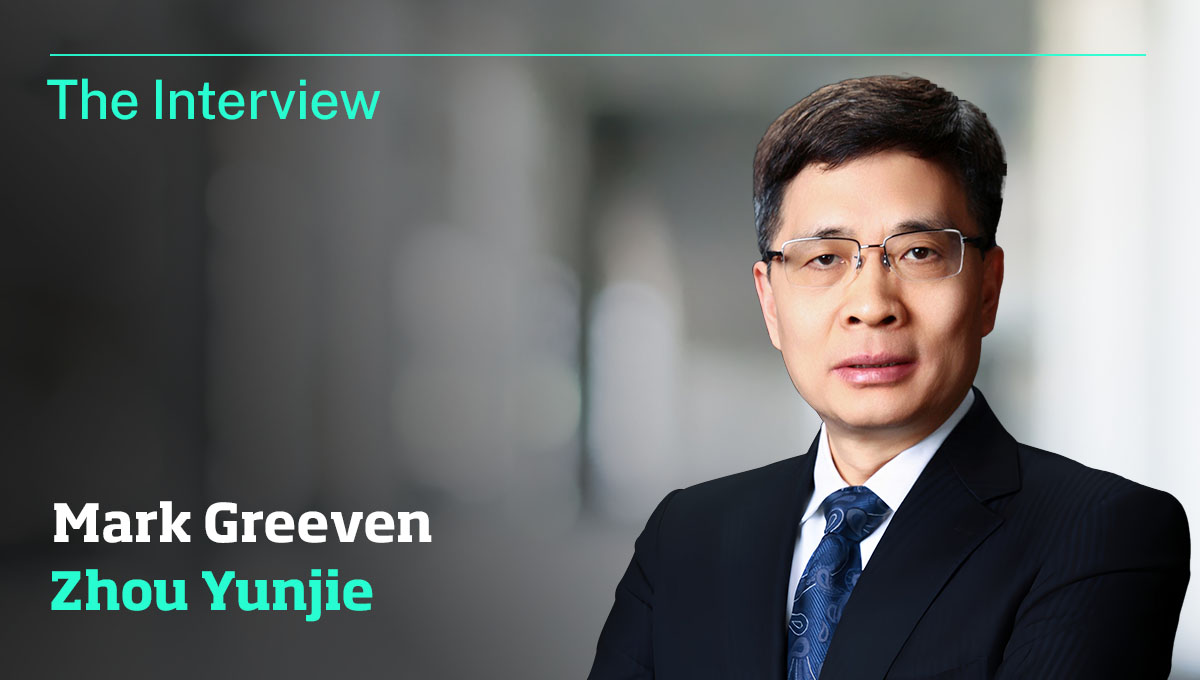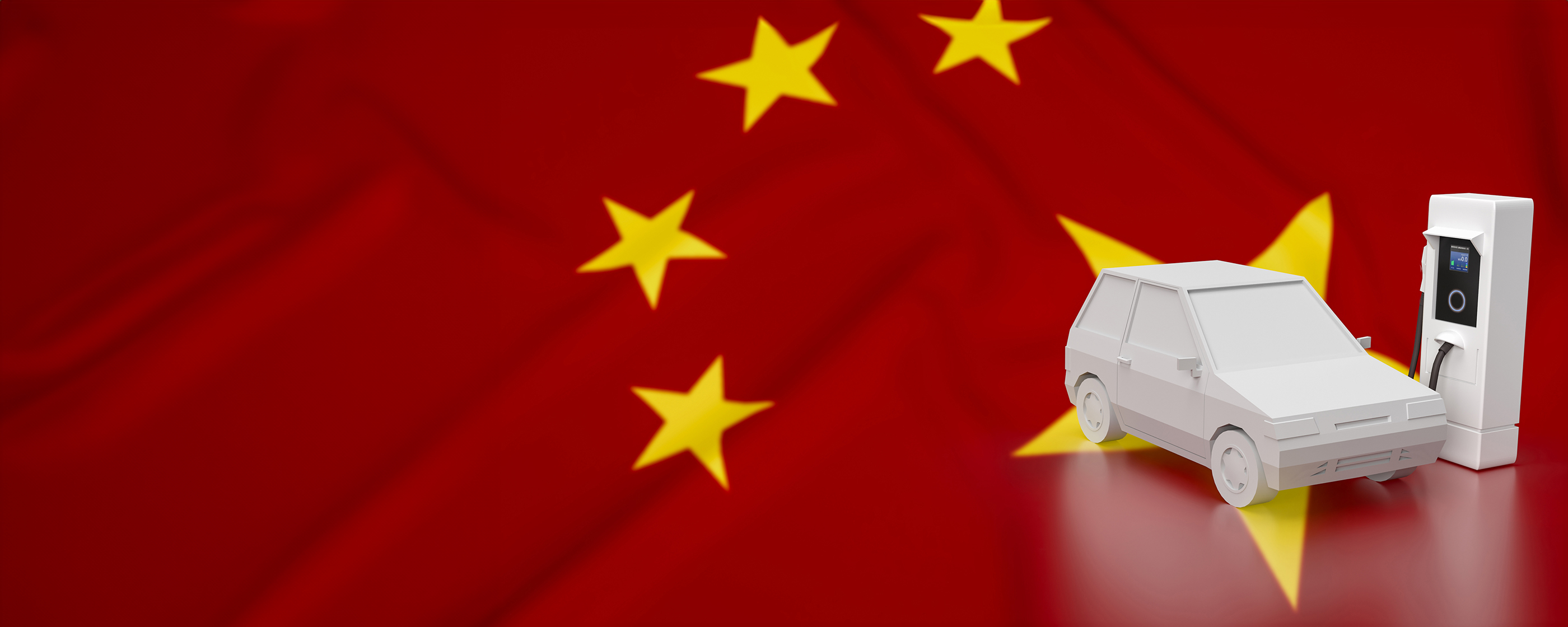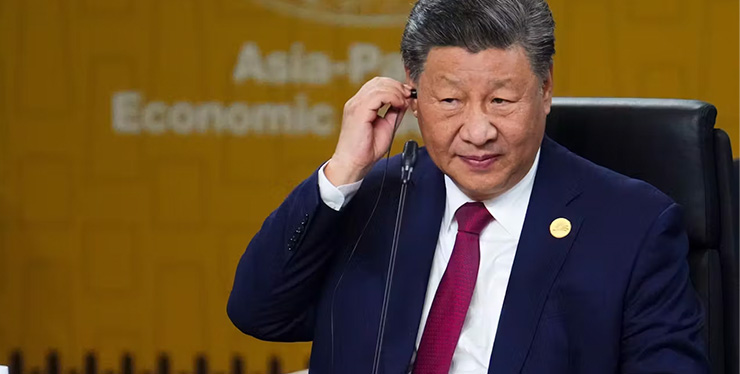
7 Chinese business trends to watch out for in 2020
In the eyes of Chinese people, 2020 is the beginning of a new cycle. It marks the end of the country’s decade-long quest to double its GDP from its 2010 level. It is also the Year of the Rat, the first animal in the Chinese zodiac.
This is also a year when we can expect to see a number of new business trends emerge from the world’s second-largest economy. Here are a few I think will be worth watching out for this year.
Super-large scale retail
Total retail sales of consumer goods in China in 2019 will exceed RMB40 trillion ($5.8 trillion), and the country will surpass the United States to become the world’s largest consumer market. In addition, China has the largest and most complete supply chains in the world, and its GDP growth rate is more than double that of the United States. This looks set to continue throughout 2020.
Economic restructuring
China’s large-scale economic restructuring will begin to show effect in 2020.
The three major industries that have supported China’s rapid economic development in the past – traditional manufacturing, construction and real estate – will be replaced by three new pillar industries: strategic emerging industries, services and modern manufacturing.
This change can be seen from the slowdown of the traditional automobile industry and the rise of new energy vehicles. Tesla’s Shanghai plant has been put into production – the largest foreign-funded manufacturing project in Shanghai. Tesla sales in China have been steadily climbing every year.
China the brand
The winner of the Tmall Golden Makeup Award for 2019 was the ‘Perfect Diary’, a new Chinese brand that is only two years old, with established makeup brands L’Oreal and Estee Lauder coming in second and third.
Ten years ago, many Chinese brands made an effort to look like they were a foreign product to attract local customers. Now, things have changed and more and more brands are molding themselves in Chinese traditions and style. One of the most popular shoes by Chinese shoe company Li-Ning in 2019 was the ‘Wu Dao’ (悟道), which was launched at New York Fashion Week. Huawei’s operating system, meanwhile, is called ‘Hong Meng’ (鸿蒙)”.
A leader in hard technology
China’s hard technologies, such as 5G, artificial intelligence, semi-conductors, driver-less vehicles, cloud computing and blockchain technology, which have been developing rapidly for several years, are now entering a new stage with China at the forefront.
Take 5G, for example. Chinese companies own 36% of the world’s 5G patents – a fact that will not please the United States and one of the triggers of the ongoing controversy regarding Huawei.
Meanwhile, another Chinese company, DJI, is responsible for more than 70% of the global drone market.
The digital transformation of manufacturing is accelerating
The penetration rate of the internet in terms of Chinese consumers has been high for some time now, and this is beginning to spread to industry.
While the US and Europe have been moving manufacturing overseas, China – the world’s largest manufacturing base – has a natural advantage and is well-set to become the global leader of the Industrial Internet of Things. China’s major manufacturing companies, such as XCMG and Sany, are all undergoing strategic digital transformations.
The structure of consumption is changing
In 2020, China’s per capita GDP will exceed $10,000, and its middle class will become the main force behind consumption. In 2019, consumer retail spending increased 8 percent year on year – higher than the income growth of 6 percent. People born during the 1990s are more enthusiastic about paying for purchases in instalments, and they maintain this higher level of current spending by not buying a home.
The rise of the internet celebrity economy
Throughout 2019, multiple internet celebrities made headlines – and a lot of money – by selling products online. Li Jiaqi, for example, sold the most lipsticks in China and earned RMB200 million ($29 million) in commissions. Meanwhile, ‘Taobao Queen’ Viya earned even more money than Mr Li.
The stock prices of companies related to these internet celebrities has soared, further establishing an ‘Internet Celebrity Economy Sector’. Well-known brands are lining up to cooperate with the top internet celebrities.
Despite all these trends and significant shifts, 2020 will still be a year full of challenges and opportunities for companies operating in China. Local companies are becoming stronger, competition is getting fiercer, and consumers are fast-becoming more discerning.
Tellingly, according to the McKinsey Global Institute’s China-World Exposure Index, China’s exposure to the rest of the world in terms of trade, technology and capital, is falling, while the world’s exposure to China is increasing.
Research Information & Knowledge Hub for additional information on IMD publications

China’s apparel sector in 2025 sees local brands rise and global players adapt amid digital, Research & Development, and innovation-led growth.

Explore how innovation, R&D, and policy reforms are reshaping China’s pharmaceutical sector amid rising healthcare demand and demographic shifts.
It's a reversal of the situation: Chinese automaker BYD is offering to collaborate with former electric car pioneer Tesla. From drones to livestream trading to artificial intelligence: China is often ahead of the West.

Haier's CEO Zhou Yunjie explains how the company's innovative RenDanHeYi model empowers employees, drives global growth, and adapts to market changes.
The Trump administration’s recent tariff threats have increased uncertainty over the business model of Temu and other large ecommerce groups. The White House reversed its initial closure in 2025 of a loophole that allowed low-value parcels shipped...
The China Resources Beer (CR Beer) case study is a compelling narrative of the world’s largest beer producer by volume under the leadership of CEO Hou Xiaohai. In 2016 CR Beer embarked on a pivotal transformation journey. This case study offers cr...

Honda and Nissan's $58bn merger aims to compete with China's EV dominance, but risks include cultural clashes, overlapping markets, and uncertain innovation outcomes.

Within days of Donald Trump’s election win in November 2024, China’s president Xi Jinping was at a ceremony opening a deep-water port in Peru as part of a “diplomatic blitz” through Latin America. Xi’s presence was a symbol of China’s rising influ...

Global market shifts and turbulence in 2025 mean Chief Financial Officers must take into account inflation, trade tensions and shifting regulations to ensure long-term growth

What a difference twelve months make. A year ago, there were only faint signals of a potential luxury slowdown. However, since spring, the downturn has sharply intensified across luxury goods sectors, including fashion, accessories, watches, cars ...
Research Information & Knowledge Hub for additional information on IMD publications
Research Information & Knowledge Hub for additional information on IMD publications
Research Information & Knowledge Hub for additional information on IMD publications
Research Information & Knowledge Hub for additional information on IMD publications
Research Information & Knowledge Hub for additional information on IMD publications
Research Information & Knowledge Hub for additional information on IMD publications
Research Information & Knowledge Hub for additional information on IMD publications
in The Conversation 9 January 2025
Research Information & Knowledge Hub for additional information on IMD publications
Research Information & Knowledge Hub for additional information on IMD publications
Research Information & Knowledge Hub for additional information on IMD publications

